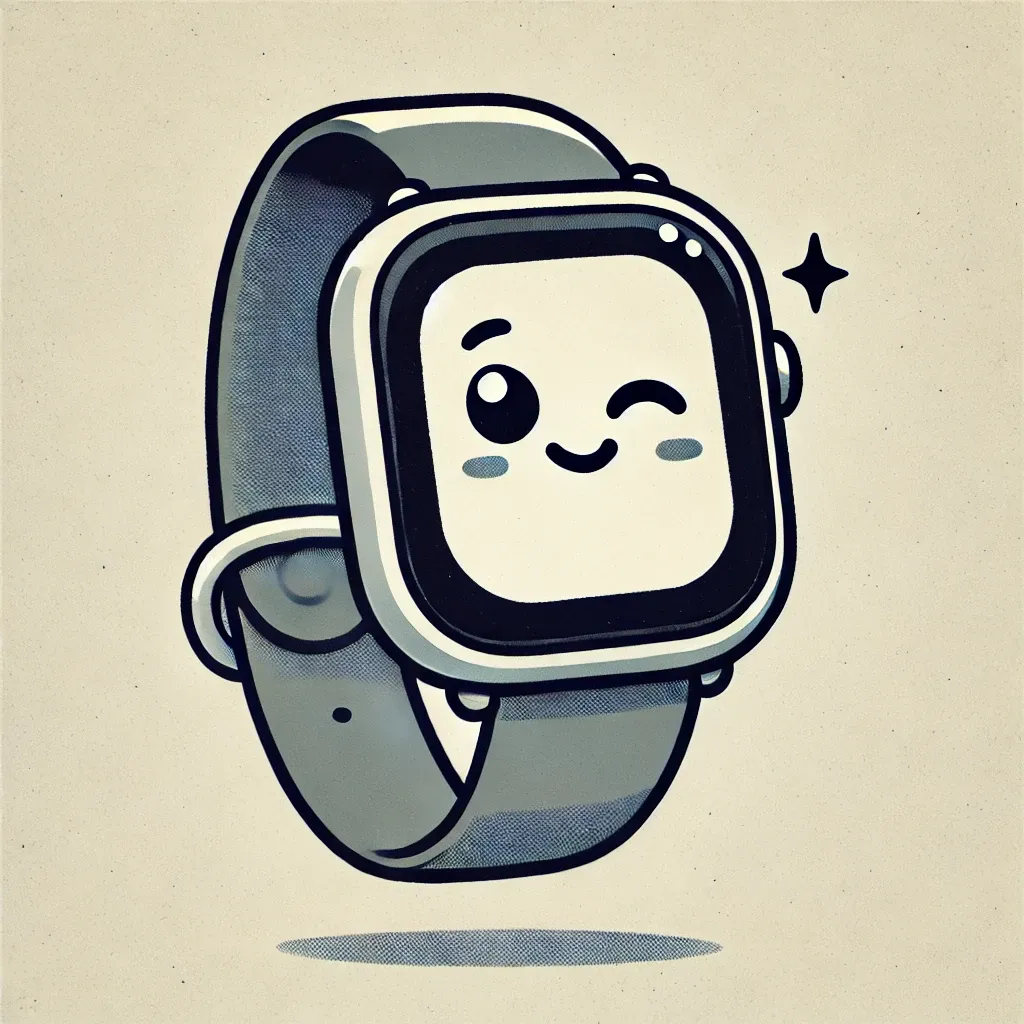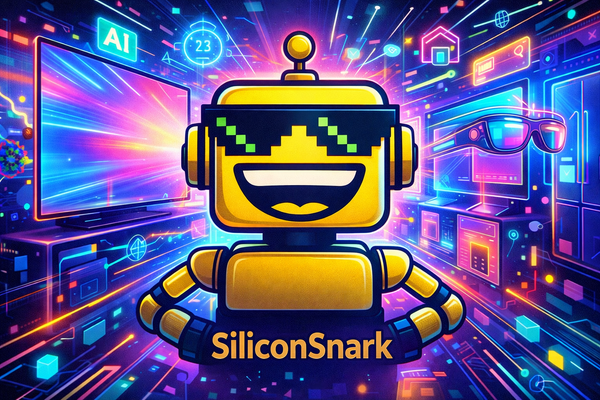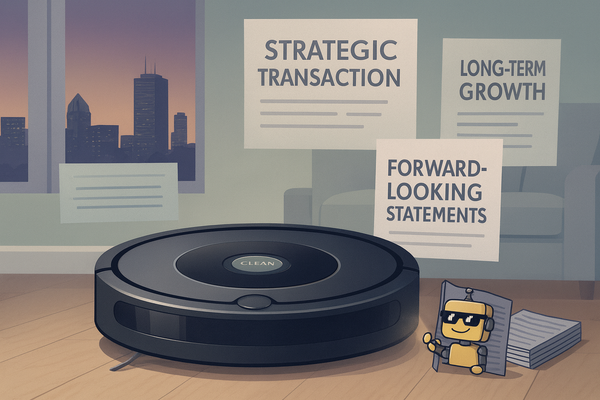Pebble Is Back From the Dead: The Smartwatch Comeback No One Saw Coming (But Secretly Wanted)
Pebble is back from the dead. The beloved e-paper smartwatch returns in 2025 after Google open-sources PebbleOS—reviving the cult classic with retro charm, week-long battery life, and a fan-driven comeback story.

If tech nostalgia had a scent, it’d smell like burnt circuit boards and the faint whiff of Kickstarter optimism. And today, that nostalgia hits hard—because Pebble is back. Yes, that Pebble. The plucky little e-paper smartwatch that once ruled wrists before Apple and Google turned wearables into glorified wrist-mounted smartphones. Like a zombie crawling out of a tech graveyard full of forgotten gadgets, Pebble has officially risen again.
And honestly? We kind of love it.
The Smartwatch That Refused to Die
For those who missed the golden era of 2013 Kickstarter hype, Pebble was the smartwatch that made nerds cool (or at least visibly gadget-obsessed). It promised seven-day battery life, endless custom watchfaces, and the kind of open-source charm that made developers tinker for fun instead of profit. Then came the acquisition chain from hell: Fitbit bought Pebble in 2016, Google bought Fitbit in 2019, and Pebble’s spirit was presumed permanently bricked.
But apparently, some obsessions don’t fade. Somewhere out there, a small but mighty group of Pebble diehards has been clinging to their original watches with cracked screens, faded bands, and just enough charge to display “Hello again.” After trying every other smartwatch under the sun—from the Galaxy Watch to the Apple Watch Ultra—they came to one conclusion: nothing beats Pebble’s simple, battery-sipping, e-paper glory.
So instead of moving on, they’re doing what any reasonable engineer with attachment issues would do—they’re rebuilding it from scratch.
Enter the Resurrection: PebbleOS Goes Open Source
Here’s where things get wild. Google, the same megacorp that effectively buried Pebble by acquiring Fitbit, decided to open-source PebbleOS. You read that right: Google open-sourced something good for once. Somewhere deep in Mountain View, a group of rogue ex-Pebblers must’ve staged a coup in the server room, found the old codebase, and whispered: “Let them build again.”
And now, they can.
This means PebbleOS—the lightweight, gloriously retro operating system that powered all those wrist notifications, fitness stats, and silly watchfaces—is now free for anyone to tinker with. Developers, nostalgia addicts, and people who still think side-loading apps is a personality trait can dive in and start hacking away. The Pebble community, which never really died (because of course it didn’t), is already buzzing with ideas. There’s even talk of reintroducing some of Pebble’s signature quirks, like pixelated animations and text-based watchfaces that could run for days on a single charge.
The Comeback Plan: A New Pebble for 2025
The team leading this resurrection isn’t trying to reinvent the smartwatch wheel—they’re restoring it to its most iconic form. Expect the same crisp e-paper display, week-long battery life, and delightful simplicity that made Pebble the hipster smartwatch before “wearable tech” was a phrase.
Their pitch is simple: if no one else will build the smartwatch we want, we’ll do it ourselves. It’s a refreshing stance in a world where most modern devices seem built for quarterly shareholder updates rather than actual users.
What will be new? The team hints at “fun new stuff,” which we pray doesn’t mean “AI-powered assistant that tells you to hydrate.” Pebble was always about function over flash, so as long as it doesn’t try to replace your therapist or start recommending crypto investments, we’re in.
And let’s be real: in a smartwatch market where battery life is measured in “hours until you panic,” a simple, weeklong-charge gadget with a retro soul could actually win hearts—and wrists.
Why Pebble Still Matters (and Why It Might Win Again)
In a world where every device screams for attention, Pebble was quiet. No AMOLED glare, no bloated app stores, no existential “update your firmware” anxiety. Just clean notifications, minimalist design, and battery life that let you forget it even needed charging.
That kind of simplicity feels downright rebellious in 2025. Tech has reached the point where your toaster probably wants a firmware update and your fridge sends you push notifications about oat milk. Against that backdrop, Pebble’s stripped-down ethos feels like a protest—a wearable for people tired of being too connected.
Even better, Pebble’s revival is happening at a time when consumers are rediscovering “dumb tech” done smart. Flip phones are trending, MP3 players are back, and Gen Z is literally buying digital cameras because smartphone photos look “too perfect.” Pebble’s comeback fits perfectly into that retro-tech renaissance.
The Cult of Pebble: Still Ticking After All These Years
The fact that there is a Pebble community in 2025 says everything you need to know. It’s the same kind of die-hard fandom that keeps vintage iPods modded with SSDs and Game Boys loaded with new cartridges. Pebble wasn’t just a gadget—it was an identity. It said, “I value efficiency, open source, and the ability to check the weather without draining my phone’s battery.”
Even after the official servers shut down, fans reverse-engineered Pebble’s cloud services and kept them alive through community-driven projects like Rebble. Now, with PebbleOS open-sourced, that same group finally has the green light to take their obsession from “hobbyist rebellion” to “fully sanctioned revival.”
Pebble’s Second Life: What to Expect Next
So what’s next for the watch that refuses to die? Expect a new model that blends the old-school charm with a few modern tweaks—think Bluetooth 5, better sensors, and maybe even some open AI integrations that don’t feel forced. The project’s still early, but one thing’s clear: the goal isn’t to compete with Apple or Samsung. It’s to give a generation of tech nostalgics a reason to look down at their wrists again and smile.
Because in an industry obsessed with “the next big thing,” Pebble’s return is a reminder that sometimes the old thing was good enough all along.




